How to Choose the Right Bernoulli Ceramic End Effector for Your Automation Needs
Table of Contents
- Understanding Bernoulli Ceramic End Effectors and Their Applications
- Key Factors to Consider When Choosing the Right End Effector
- Comparative Analysis: Sizes and Shapes of Bernoulli Ceramic End Effectors
- Evaluating Material and Durability for Longevity in Automation
- Tips for Customizing Your End Effector to Fit Specific Tasks
- Common Mistakes to Avoid When Selecting an End Effector
- FAQS
- Conclusion
- Related Posts
In the ever-evolving landscape of automation, the choice of the right tools is critical for enhancing efficiency and precision. According to a recent report by Markets and Markets, the global automation market is projected to reach $214 billion by 2025, reflecting the increasing demand for specialized components such as the Bernoulli Ceramic End Effector. At ST.CERA CO., LTD., we understand that selecting the appropriate Bernoulli Ceramic End Effector can significantly impact operational performance, minimizing downtime and maximizing productivity. Our expertise in precision ceramic manufacturing, backed by our team of top-ranking engineers, positions us at the forefront of providing high-quality solutions tailored to meet diverse automation needs. As we explore the critical factors in choosing the right Bernoulli Ceramic End Effector, we'll delve into the essential considerations that ensure optimal performance in your automation processes.
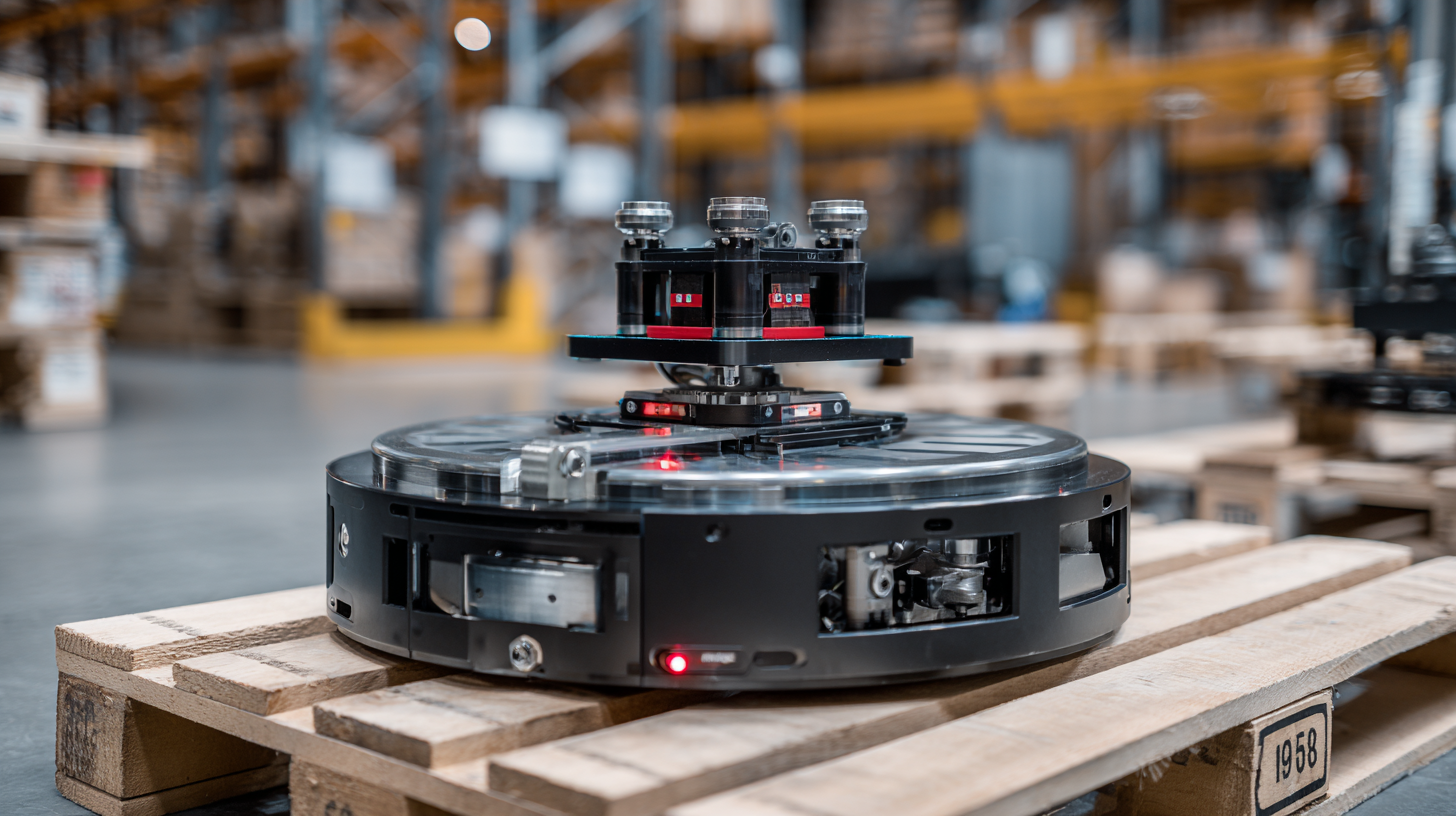
Understanding Bernoulli Ceramic End Effectors and Their Applications
Bernoulli ceramic end effectors are becoming increasingly popular in automated processes across various industries due to their efficient handling capabilities and versatility. These specialized tools utilize the Bernoulli principle, which allows them to create a vacuum effect that securely grips objects without mechanical contact. According to a recent market analysis by Grand View Research, the global robotics market is expected to reach $214 billion by 2030, with a significant portion attributed to advancements in end effector technologies. This growth highlights the necessity of selecting the right Bernoulli ceramic end effector, as it plays a crucial role in enhancing workflow efficiency.
In terms of applications, Bernoulli ceramic end effectors are widely utilized in industries such as electronics, food packaging, and automotive manufacturing. Their ability to handle delicate materials, like glass and electronics components, has proven essential in reducing damage and waste during the production process. Research from the Robotics Industries Association indicates that the demand for non-contact handling solutions has surged by over 40% in recent years, underscoring the importance of incorporating advanced technologies such as Bernoulli end effectors in automation systems. Their robustness and adaptability make them an ideal choice for businesses aiming to streamline operations while maintaining high precision.
Key Factors to Consider When Choosing the Right End Effector
When selecting the right Bernoulli ceramic end effector for your automation needs, several key factors must be taken into account to ensure optimal performance. One of the primary considerations is the weight and size of the objects being handled. Understanding the payload capacity and the dimensions of your materials will guide you in selecting an end effector that is not only compatible but also efficient in operation.
Tip: Always consult the specifications of different Bernoulli end effectors to determine their handling characteristics, which will help you match them with your application requirements.
Another critical factor is the nature of the surfaces involved. Ceramic end effectors are particularly suited for delicate materials due to their gentle handling properties. If your application involves fragile or sensitive items, you should prioritize end effectors that minimize the risk of damage during gripping or movement.
Tip: Experiment with different suction cup shapes and sizes to find the best fit for your specific application, as this can make a significant difference in the efficiency of handling tasks.
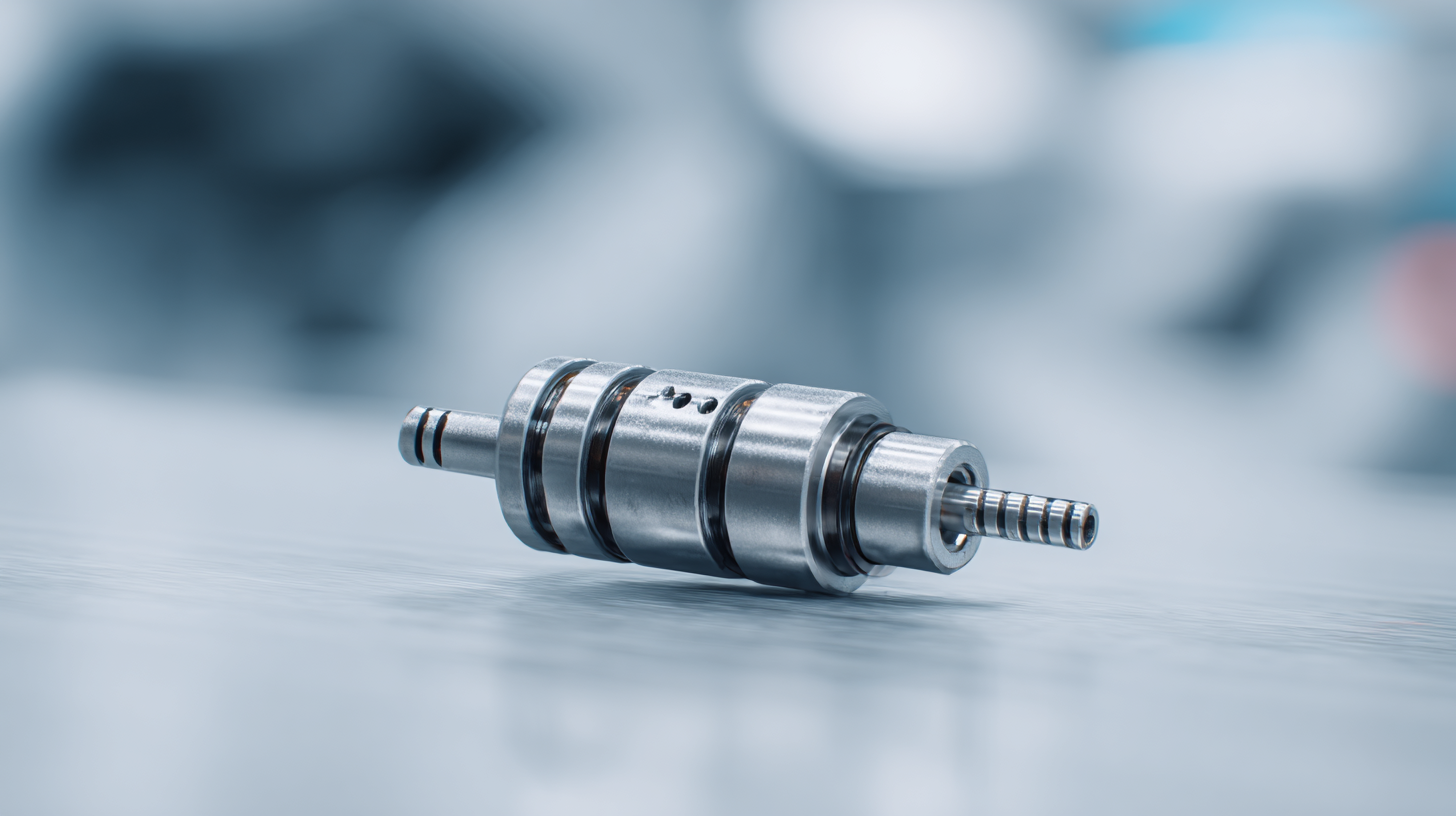
Comparative Analysis: Sizes and Shapes of Bernoulli Ceramic End Effectors
When selecting a Bernoulli ceramic end effector for automation needs, an essential consideration lies in the comparative analysis of sizes and shapes. The effectiveness of an end effector greatly depends on its geometry, which affects both its mechanical performance and interaction with materials. Various designs can influence the distribution of stress and the contact area, ultimately impacting efficiency and durability.
Recent advances in material science illustrate the importance of size and shape in related fields. For instance, studies on nano-fillers show that the distribution and concentration of materials can significantly enhance the toughness and modulus of ceramics. This understanding can be applied to Bernoulli ceramic end effectors, where adopting optimized shapes may improve their operational capabilities. Furthermore, evaluating the mechanical properties of different designs is crucial—much like how researchers analyze the fatigue resistance in different processing techniques for materials. Such comparative analyses help identify the best-fit end effector design tailored to specific automation tasks, ensuring not only performance but also longevity and reliability in diverse applications.
Evaluating Material and Durability for Longevity in Automation
When selecting a Bernoulli ceramic end effector for automation applications, evaluating material and durability is crucial for ensuring longevity and reliability. According to industry reports, end effectors represent a significant portion of overall automation costs, with average replacement cycles ranging from 1 to 5 years depending on usage and environment. This underscores the importance of investing in high-quality materials that can withstand wear and tear, particularly in demanding industrial settings.
Ceramic materials, known for their excellent wear resistance, are increasingly favored in automation. A study by the International Journal of Advanced Manufacturing Technology indicates that ceramic end effectors can extend lifespan by up to 50% when compared to their polymer counterparts. This is particularly beneficial in high-speed operations where frequent contact with abrasive surfaces can lead to rapid deterioration. Additionally, advancements in ceramic coatings are enhancing the performance and durability of these components, allowing them to maintain their functionality under varying temperature and pressure conditions. Ultimately, the choice of material substantially impacts not only the operational efficiency but also the total cost of ownership for automation solutions.
Tips for Customizing Your End Effector to Fit Specific Tasks
When selecting a Bernoulli ceramic end effector for your automation tasks, customization plays a crucial role in optimizing performance. Each application presents unique challenges, and tailoring the end effector to match specific requirements can significantly enhance efficiency. According to a report by the International Federation of Robotics (IFR), customized automation solutions can improve operational efficiency by up to 30%, demonstrating the impact of precise fitting.
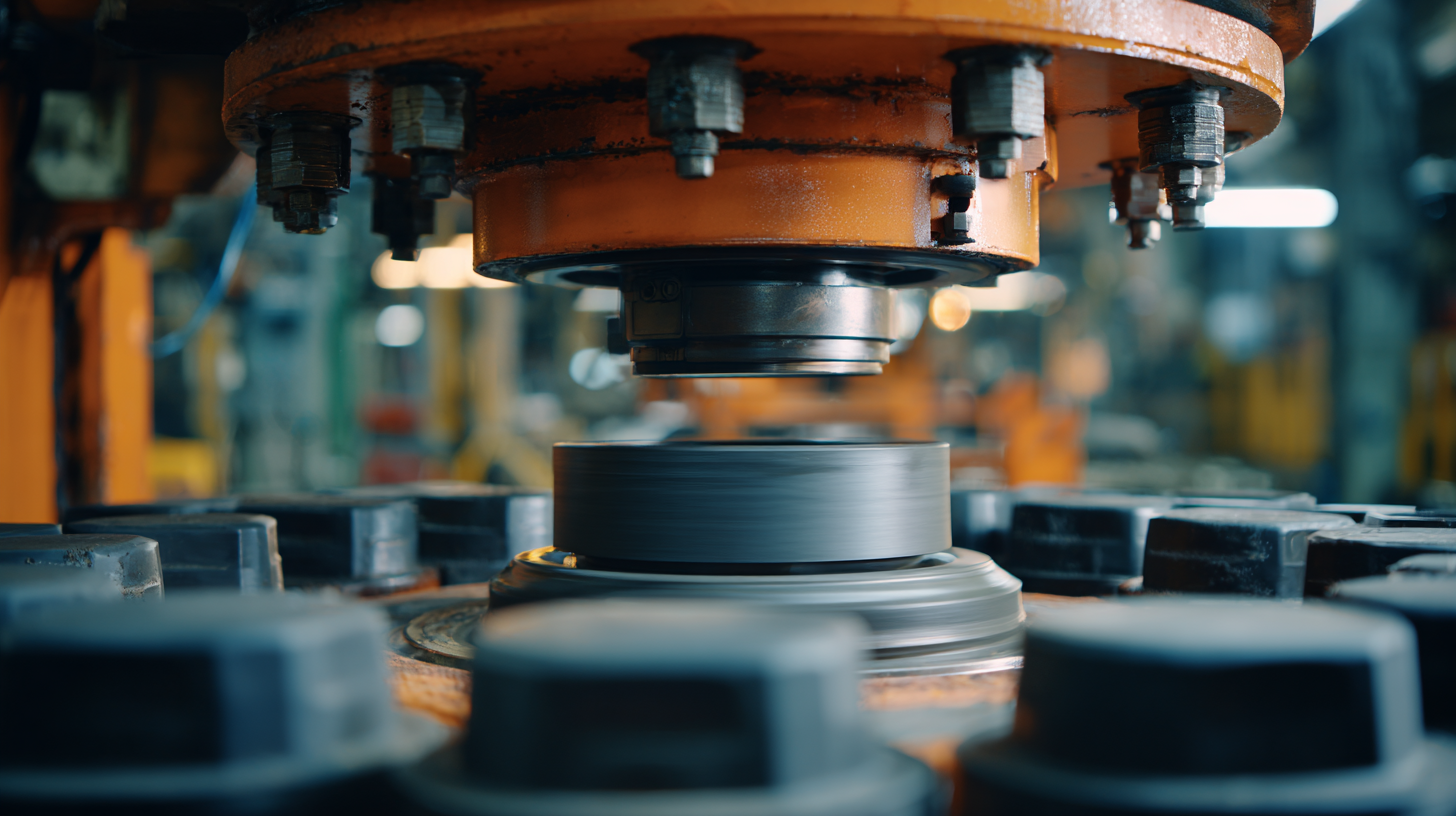 To ensure your end effector can manage the particular materials and tasks it will encounter, consider factors such as load capacity, grip type, and environmental conditions. For instance, an end effector designed to handle delicate items like glass or ceramics may require specialized gripping surfaces to prevent damage. A 2022 study published in the Journal of Robotics highlighted that companies that invest in tailored automation equipment experience a 25% reduction in error rates, underscoring the necessity of customization in achieving higher throughput.
To ensure your end effector can manage the particular materials and tasks it will encounter, consider factors such as load capacity, grip type, and environmental conditions. For instance, an end effector designed to handle delicate items like glass or ceramics may require specialized gripping surfaces to prevent damage. A 2022 study published in the Journal of Robotics highlighted that companies that invest in tailored automation equipment experience a 25% reduction in error rates, underscoring the necessity of customization in achieving higher throughput.
Further customization options include the integration of sensors and control systems that can adapt to different operating environments. A report by McKinsey & Company indicated that businesses implementing advanced automation and customizable hardware solutions saw a 20% increase in productivity. By investing in a Bernoulli ceramic end effector that meets your specific task requirements, you can ensure optimal performance and reliability in your automation processes.
Common Mistakes to Avoid When Selecting an End Effector
When selecting a Bernoulli ceramic end effector for automation needs, it’s crucial to avoid common pitfalls that can lead to inefficiencies. One of the most frequent mistakes is underestimating the weight and structural requirements of the materials being handled. According to a recent report by the Association for Advancing Automation, approximately 30% of automation projects fail due to improper component selection, often rooted in miscalculations regarding load capacity. It’s vital to match the end effector’s specifications with the task at hand, considering both the load and the operational speed.
Another common error is neglecting the compatibility of the end effector with the existing automation systems. A survey conducted by Robotics Business Review indicated that 25% of companies encountered integration issues when they failed to verify compatibility with their robotic system architecture. This oversight can lead to delays and increased costs, underscoring the importance of comprehensive compatibility checks before making a purchase. Ensuring that the Bernoulli end effector features seamless integration capabilities will not only streamline operations but also enhance productivity in the long run.
FAQS
: When selecting a Bernoulli ceramic end effector, it's important to evaluate material durability, load capacity, weight and structural requirements, as well as compatibility with existing automation systems.
Ceramic end effectors can extend lifespan by up to 50% compared to their polymer counterparts, particularly in high-speed operations and abrasive environments.
Common mistakes include underestimating weight and structural requirements, and neglecting compatibility with existing automation systems.
Approximately 30% of automation projects fail due to improper component selection, often linked to miscalculations regarding load capacity.
Checking compatibility with robotic systems is crucial because 25% of companies face integration issues, leading to delays and increased costs.
Advancements in ceramic coatings enhance the performance and durability of end effectors, allowing them to function effectively under varying temperature and pressure conditions.
The choice of material significantly impacts both operational efficiency and the total cost of ownership for automation solutions.
Excellent wear resistance is essential for end effectors to withstand demanding industrial settings and extend their operational lifespan.
High operational speeds increase the risk of rapid deterioration, making it crucial to select end effectors that are specifically designed to handle such conditions.
Buyers should focus on ensuring that the selected end effector features seamless integration capabilities with their existing automation systems to enhance productivity.
Conclusion
Choosing the right Bernoulli Ceramic End Effector is crucial for optimizing automation processes in various industries. Understanding the unique applications of these end effectors allows businesses to tailor their automation solutions effectively. Key factors to consider include the size, shape, and materials used in the end effectors, as these elements directly impact their performance and durability.
Moreover, St.Cera Co., Ltd. emphasizes the importance of customizing Bernoulli Ceramic End Effectors to meet specific operational requirements. Avoiding common mistakes during selection can lead to enhanced efficiency and longevity in automation systems. With a focus on precision ceramic manufacturing and a dedicated team of experts, St.Cera is well-positioned to support companies in finding the ideal end effector solutions for their needs.
Related Posts
-

What You Need to Know About 4'' Ceramic End Effectors: A Comprehensive Guide
-
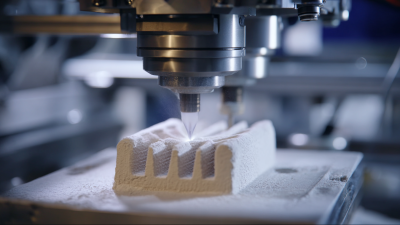
Addressing Challenges in High-Precision Manufacturing with Bernoulli Ceramic Finger Technology
-
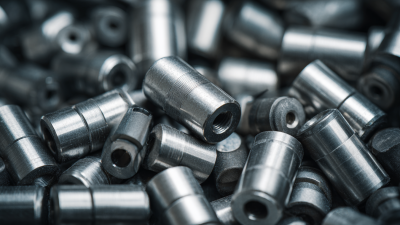
How to Choose the Right Zirconia Dowel Pins for Your Manufacturing Needs
-
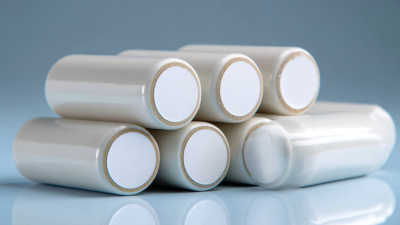
Unmatched Quality: Discover the Excellence of China's Premier Zirconia Ceramic Pin Manufacturer
-
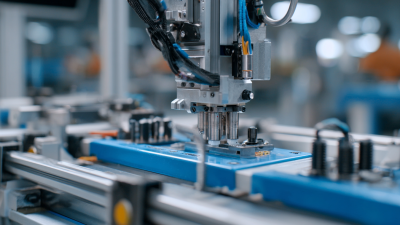
Challenges Faced with Esd Ceramic Arm in Manufacturing Processes
-
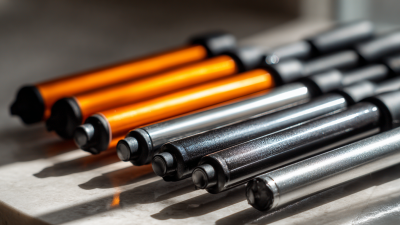
10 Essential Tips for Choosing the Best Ceramic Rollers
Blog Tags:

